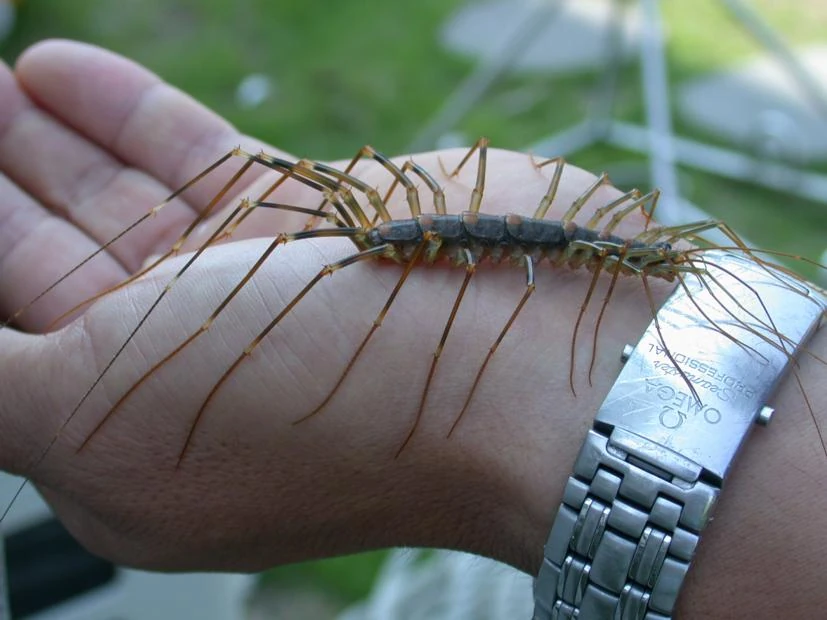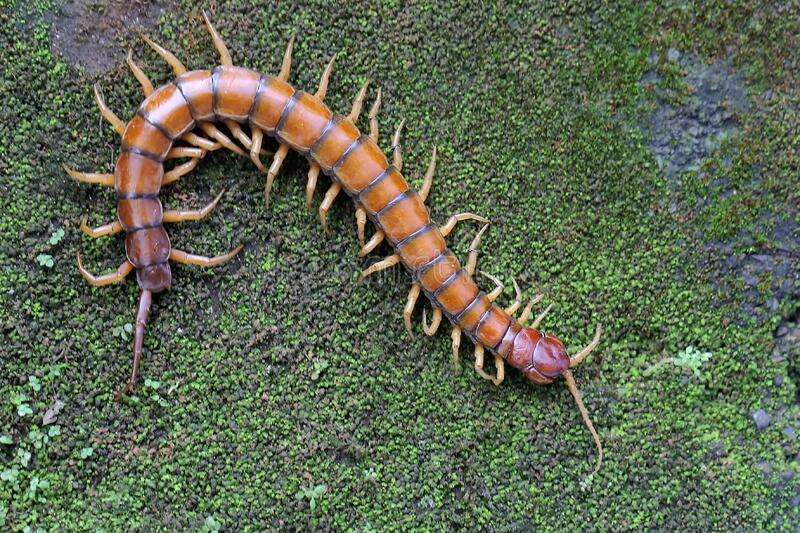
The yellowish-gray house centipede (Scutigera coleoptrata) can have up to 15 pairs of legs. The species can be found all over the world and resides in human homes or flats. Arachnids and insects are killed and eaten by the insectivorous house centipede. They were initially found approximately 1758. These centipedes should not alarm humans, because they are harmless to them. It is a nocturnal creature. Depending on their environment, house centipedes can live for three to seven years. In their third year, they can begin reproducing.
Geographical Location
The common house centipede, Scutigera coleoptrata, is supposed to have originated in the Mediterranean. Today, it is widespread throughout North America, Europe, and Asia.
Habitat
Scutigera coleoptrata frequently inhabits buildings and prefers moderate weather. As long as there is somewhere to hide, enough humidity, and food, they can reportedly live in many humid settings. They are frequently discovered in places that are damp and dark, such as cracks in rocks and caves. They are most frequently discovered in bathrooms and basements in homes.
Description of the body
Color
The color of house centipedes is either brown or black.
Exoskeleton
S. coleoptrata possesses an exoskeleton consisting of chitin and sclerotin, same like all other arthropods.
Legs
One pair of legs is located in each of the fifteen segments that make up its dorsal-ventral flattened body. The first set of legs are transformed into fangs that can be used to protect themselves and to catch prey. The legs are banded and have three dorsal longitudinal stripes.
Eyes
They have complex eyes and extremely well developed antennas. Compared to other centipedes, the majority are exceptionally swift runners and range in length from one to six centimetres.

Feeding Habits
Carnivorous Scutigera coleoptrata consumes other arthropods such as worms, snails, cockroaches, silverfish, and fly larvae. It uses its antennae, which have touch and scent receptors, to detect its prey. The victim is subsequently held in place by the house centipedes’ fangs as they inject poison with their altered front legs. S. coleoptrata goes into hiding after eating to allow the meal to digest.
Behavior
Scutigera coleoptrata spends the winter in solitary, safe settings before coming out to play in the spring. They hide out under rocks and logs during the day and come out to play at night. Although S. coleoptrata uses its eyes more effectively than most other centipedes, they use their antennae to sense their surroundings. In reaction to shifting environmental conditions like drought or extremely cold temperatures, house centipedes move or burrow.
Economic Importance in Humans Life
Positive Role
House centipedes consume a variety of pest animals, including silverfish and cockroaches (Blattodea) (Lepismatidae).
Negative
House centipedes are not aggressive, although they can bite people to defend themselves. Frequently, their fangs lack the power to pierce skin. If they manage to penetrate the skin, the venom they inject may result in a bite that hurts like a bee sting. They are energetic, somewhat large arthropods, and many people find their presence indoors to be an annoyance.
Why is it kept as a pet in Japan?
In Japan, house centipedes are occasionally kept as pets. Because if their legs are cut off, house centipedes can simply regenerate new ones. They favor the environment of human homes.
Table





